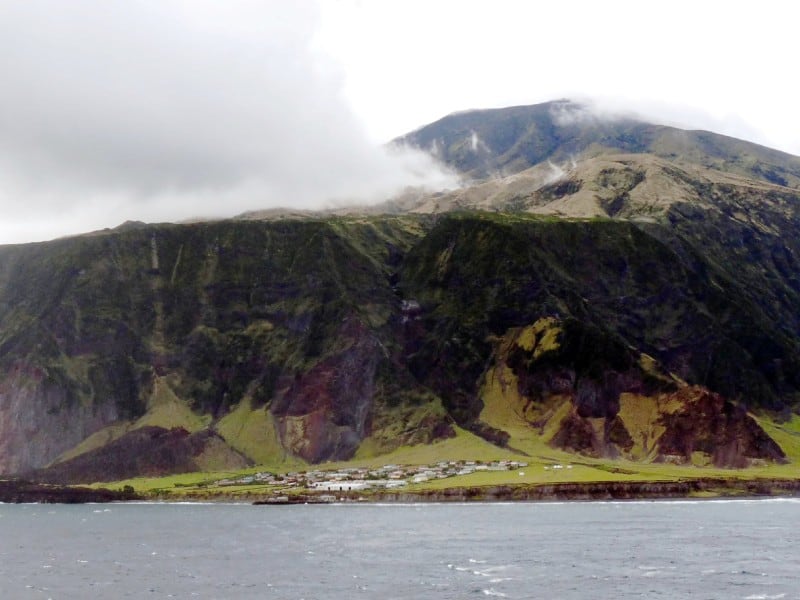
Tristan da Cunha Facts
- The term of Tristan da Cunha actually holds several distinctions. That’s because it serves as the moniker for both an island and an archipelago. To the local population, though, both forms of this marvel of geology simply bear the name of Tristan.
- It’s presently unknown if ancient man ever knew of its existence, though it’s considered likely. In more modern times, however, European explorers were the first to locate it. Portuguese explorer, Tristão da Cunha, recorded the first known sighting.
- He noted that at the time, despite the fact that rough weather prevented making a landing. The explorer subsequently named the formation after himself. His original term for the collection of islands, later anglicized, was Ilha de Tristão da Cunha
- Reports exist of landings on the site by the Portuguese as early as 1520. These, remain unconfirmed, though. The first undisputed landing, however, occurred in 1643. This took place on February 7, 1643, by the crew of a Dutch East India Company ship.
- This remote location, and the accompanying islets, forms a British overseas territory. It’s still extremely sparsely populated,depsite this. Currently, the entire population of the main island of Tristan da Cunha numbers only 266 permanent residents.
Related Articles
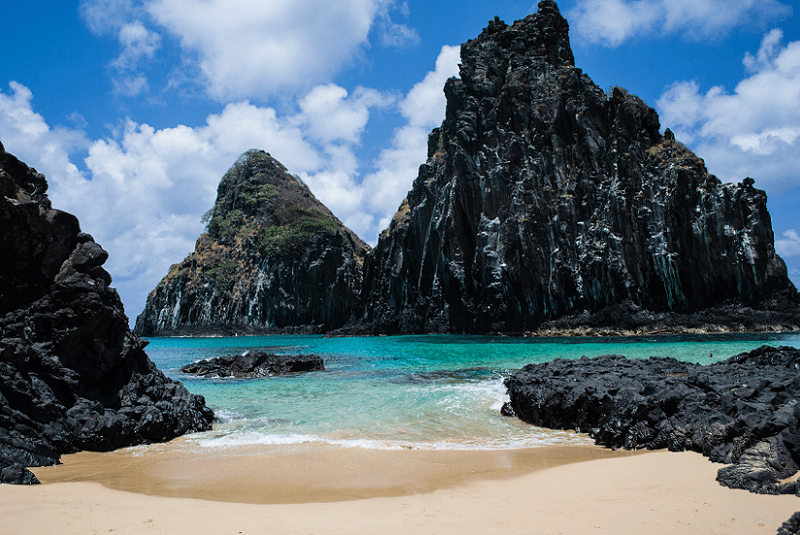
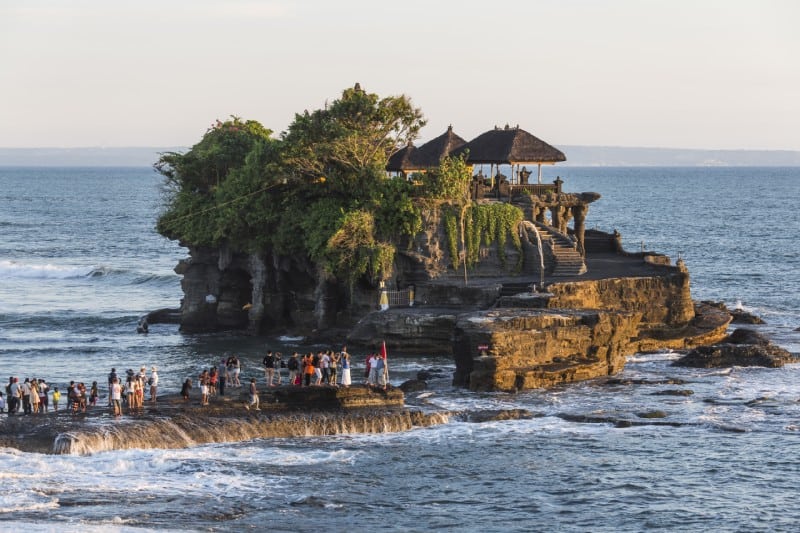

Tristan da Cunha Physical Description
The stark, pristine formation of geological processes known as Tristan da Cunha clearly deserves full appreciation. That holds true for both the main island and the namesake archipelago. Sheer physical size, however, doesn’t qualify as one of those reasons.
That’s true since even the main island itself remains comparatively small in dimensions. The primary island of the grouping itself only has a dimatere measuring roughly 6.8 mi (11 km). Its irregular outline provides it with a total area of just over 38 sq mi (98 sq km).
Six other islands comprise the remander of the archipelago. Only one, though, named Gough Island, compares this one in size. It’s only 3.2 sq mi (8 sq km) smaller in total area. The remaining five islands of the collection actually total less than 8 sq mi (20.7 sq km).
The terrain of the main island itself is quite mountainous in nature. Despite the small size of the island, though, the highest point on the site consists of an impressive volcano. The summit of this active peak, named Queen Mary’s Peak, measures 6,765 ft (2,062 m).
In fact, just one comparatively flat section of any reasonable size exists on the entire primary island, Tristan da Cunha itself. That lone spot sits on the approximate northwest coast. It’s also site of both the only agricultural area and the sole settlement on the island.
The remaining portions of the collection have mostly inhospitable and desolate landscapes. A few small, rocky beaches exist between them, though they’re all relatively rocky. At just 25 acres each, two of them represent little more than small rocks jutting up from the sea.
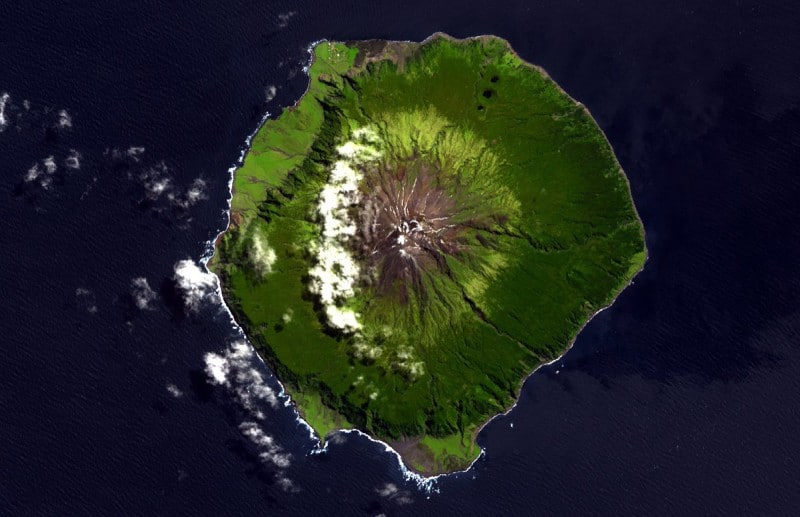
Tristan da Cunha Location, Formation, and Ecology
Defining the location of the magnificent Tristan da Cunha isn’t as simple a proposition. That’s because it formed in an incredibly remote portion of the globe. It’s so remote, in fact, that it qualifies as the most isolated inhabited archipelago on the entire planet.
Due to this truly extreme situation, the nearest inhabited area lies nearly 1,200 mi (1,931 km) away! That location itself also consists of a single, small, sparsely populated island. The astounding formation of small islands lies in a section of the Southern Atlantic Ocean.
For better reference, its location places it roughly 1,732 mi (2,787 km) from Cape Town, South Africa, on the continent of Africa. Geologists still remain uncertain of the precise factors behind its formation. A long-term uplifting of mantle forms the leading theory.
All parts of the gathering of islands possess a distinctive climate. That consists of an unusual oceanic climate. Temperatures stay generally pleasant, while rainfall’s most often moderately heavy and quite consistent. Temperatures stay mild sunshine limited.
The presence of a strong, nearly constant westerly wind augments its weather conditions. These conditions all naturally play a role in the nature of the local ecosystem. Despite the conditions, numerous species of trees, ferns, mosses, and flowering plants appear.
Yet, Tristan da Cunha is best known for its fauna. A total of 13 known bird species call the islands home. Due to this fact, it’s listed as an Important Bird Area. The waters surrounding it teems with a rich variety of species. This especially includes whales and dolphins.
Features Sharing Its Region


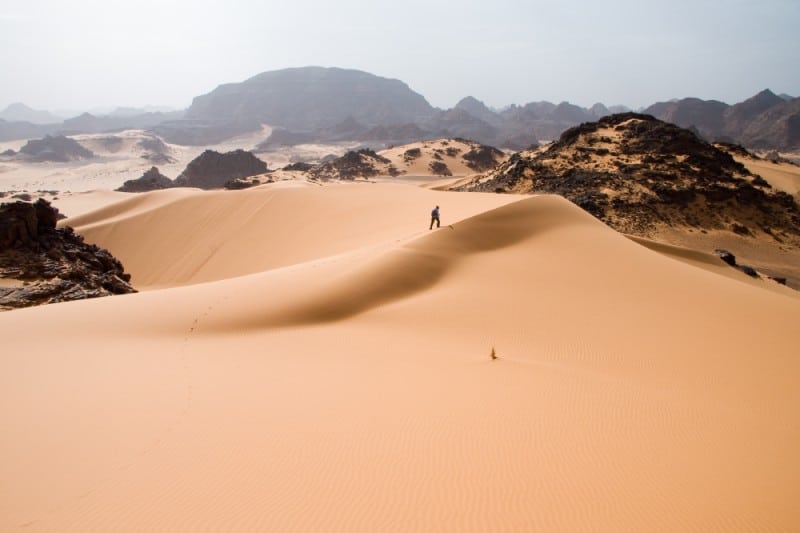
Check out our other articles on 6 Mysterious Natural Phenomena, Wood Frog, Atacama Desert, Swift Fox, Claudina Butterfly, Horn Shark, Kentia Palm, Mata mata, Caribbean Spiny Lobster










I would like to know how they deal with heat & power, and fresh water. Have they got an airstrip or harbour?